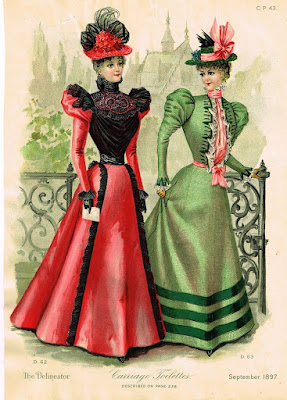http://www.stanecdolls.com/TechniqueSheets/chinapaintingtechniques.htm
 I grew up with the oil based mediums and never so a reason to switch, but for those interested in exploring the waterbased method the above tutorial is very well done!
I grew up with the oil based mediums and never so a reason to switch, but for those interested in exploring the waterbased method the above tutorial is very well done!You can buy paint from the porcelain palace, they also sell the superb ultra chic porcelain slip. A good starter set would be first blush, dark nutmeg, black diamond, arctic ice, and smokey blue.
http://the-porcelain-place.mybigcommerce.com/doll-making/doll-china-paints-and-mediums/doll-china-paints/
If you are in the UK, you can buy Bell's china paints from Lydia's Doll Making Supplies.
http://www.lydiasdollmakingsupplies.com/bell-lead-free-china-paints-404-p.asp
A basic starter set would be autumn rose, blue velvet, midnight black, raisin, and frosted snow from the lead free range..
These same colors can be purchased in the USA from The Bell Collection, they also make the Gold Marque line of porcelain slips. If you prefer the china paints with lead get their gloss white, ebony black, rosewood, deep blue eyes, and brown sable.
https://www.bellcollection.com/popaint/body_popaint.htm
















































